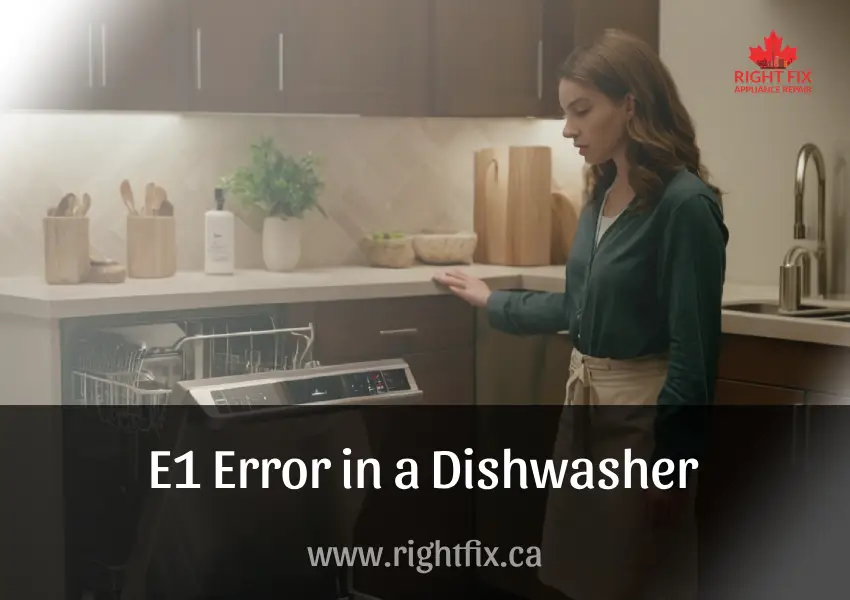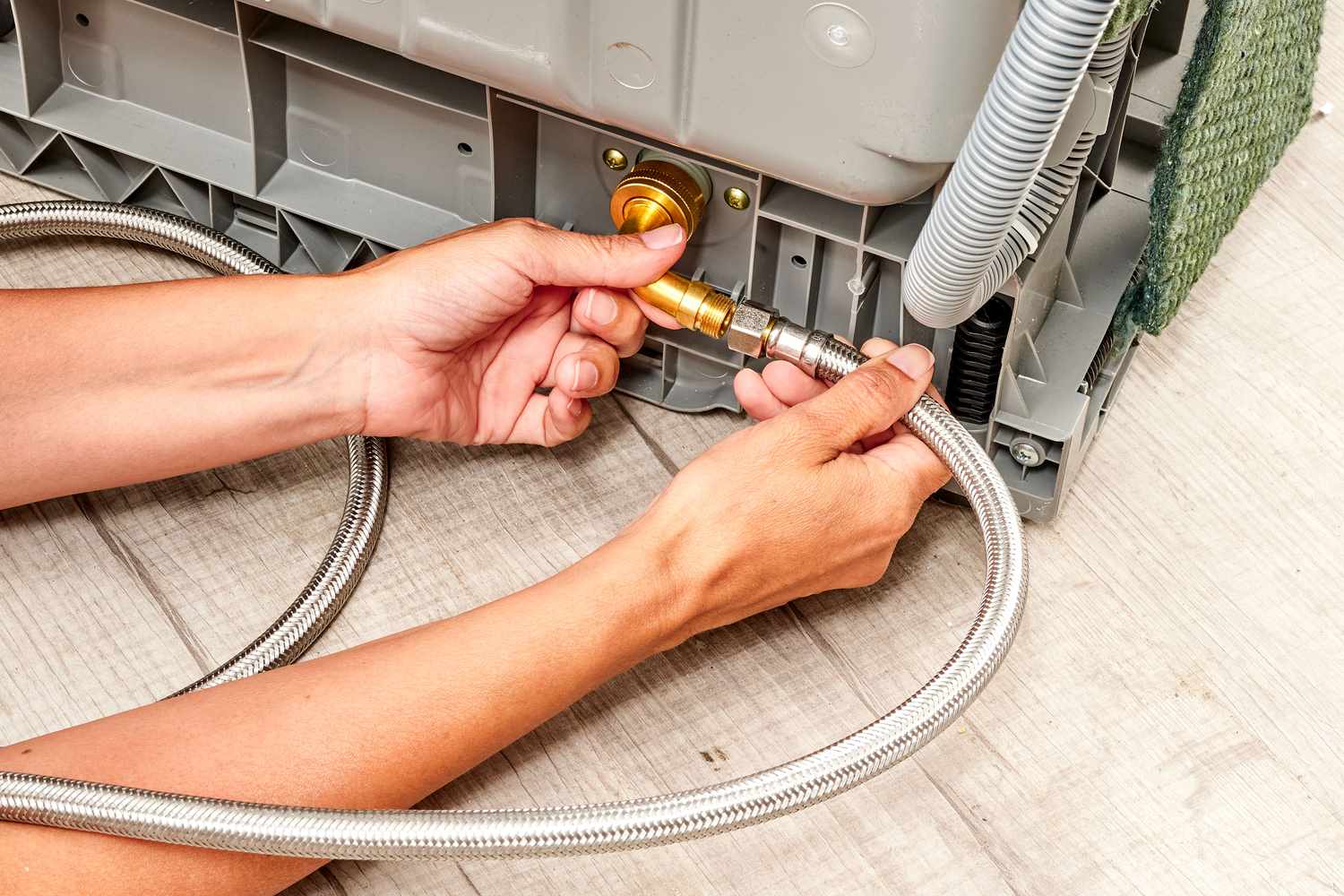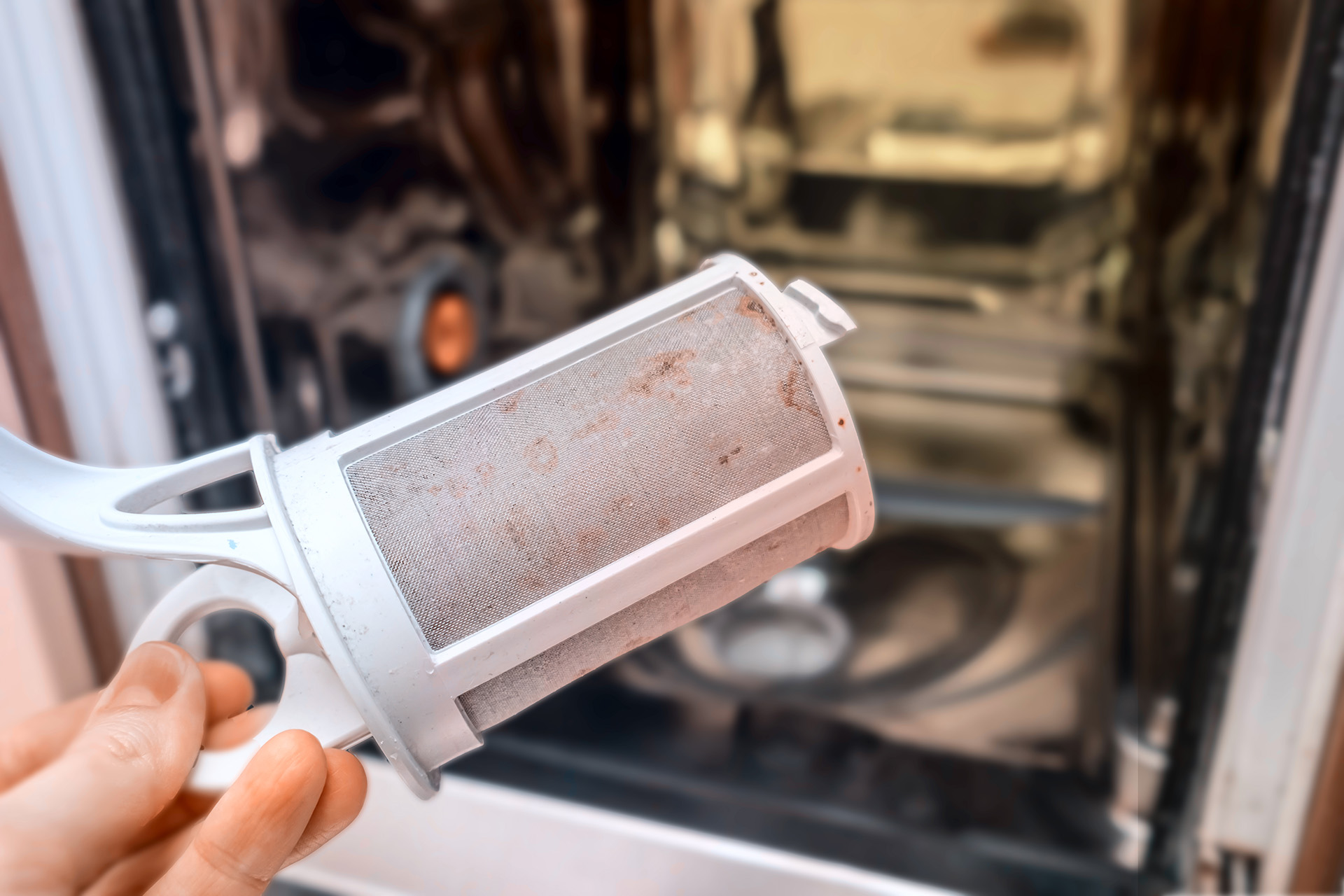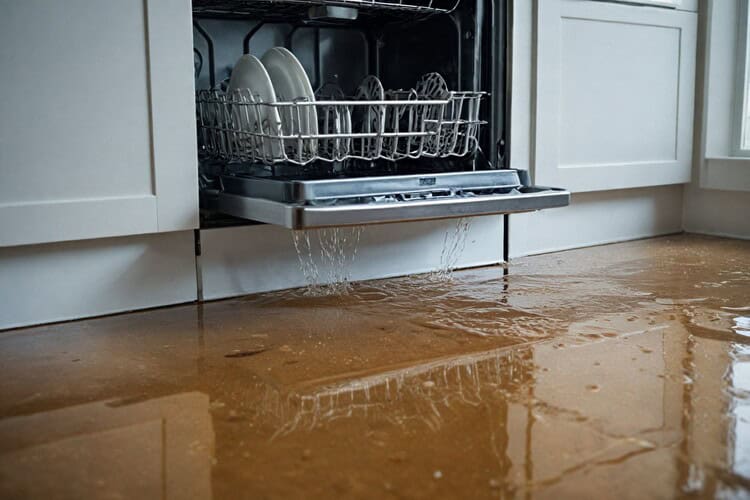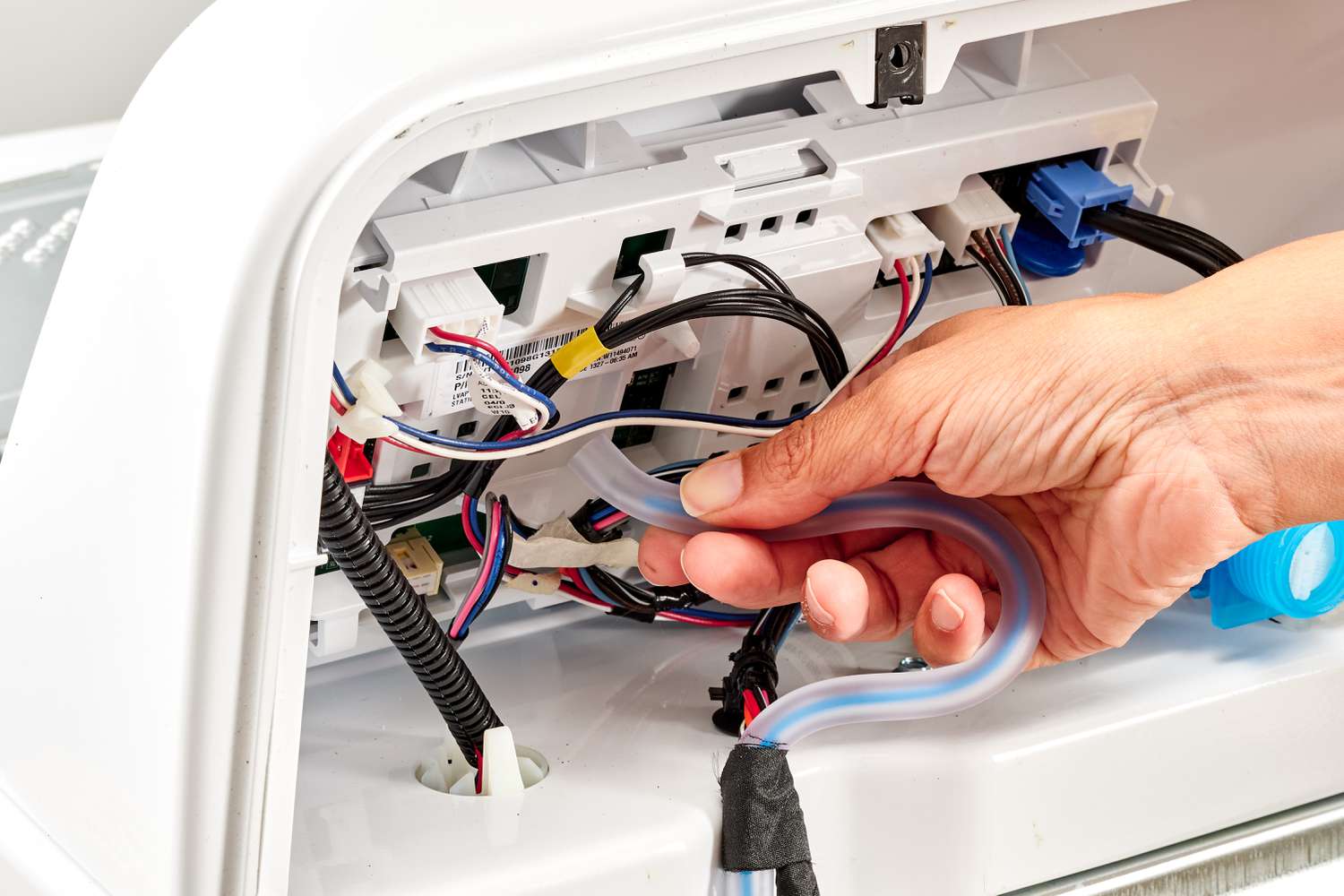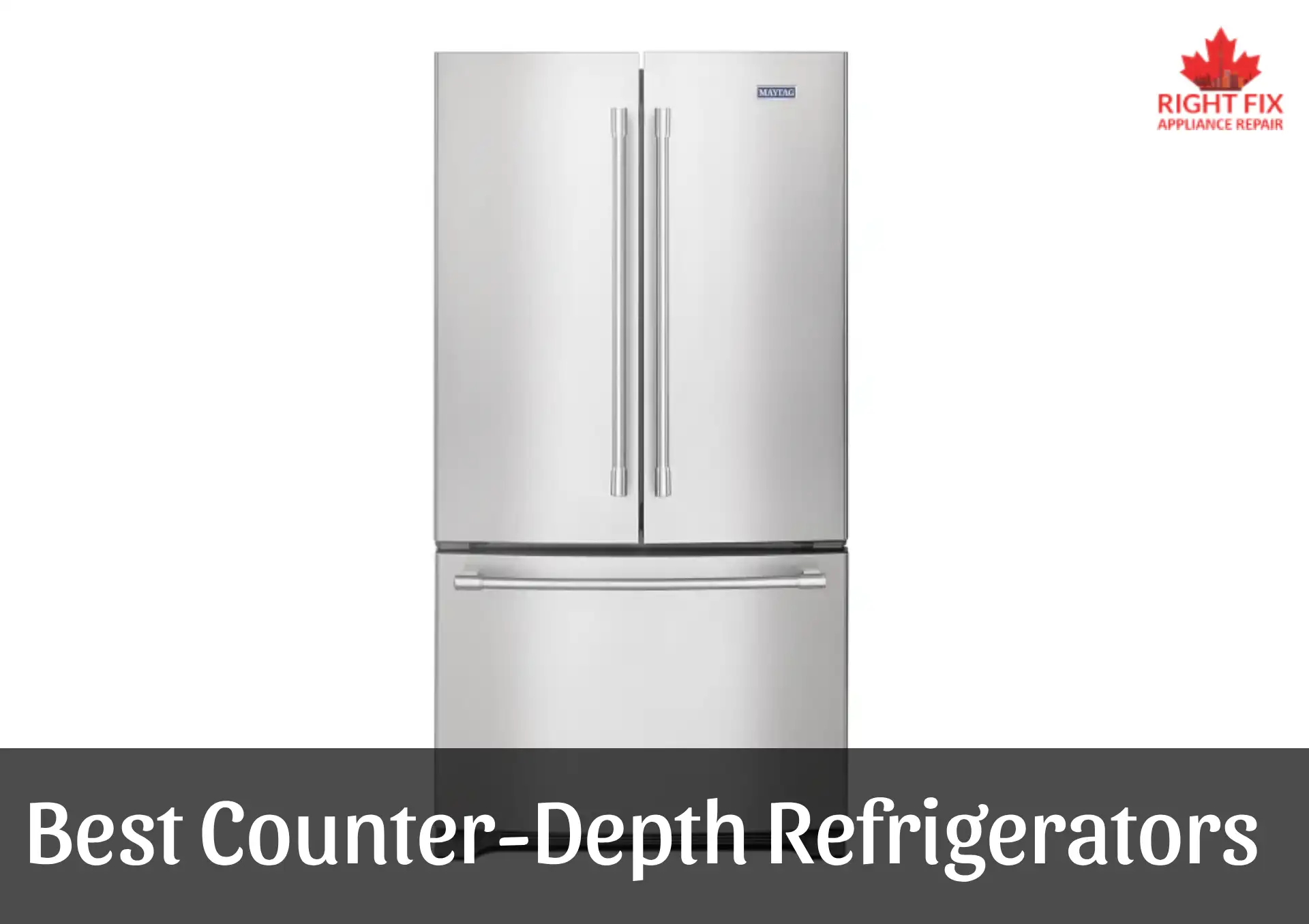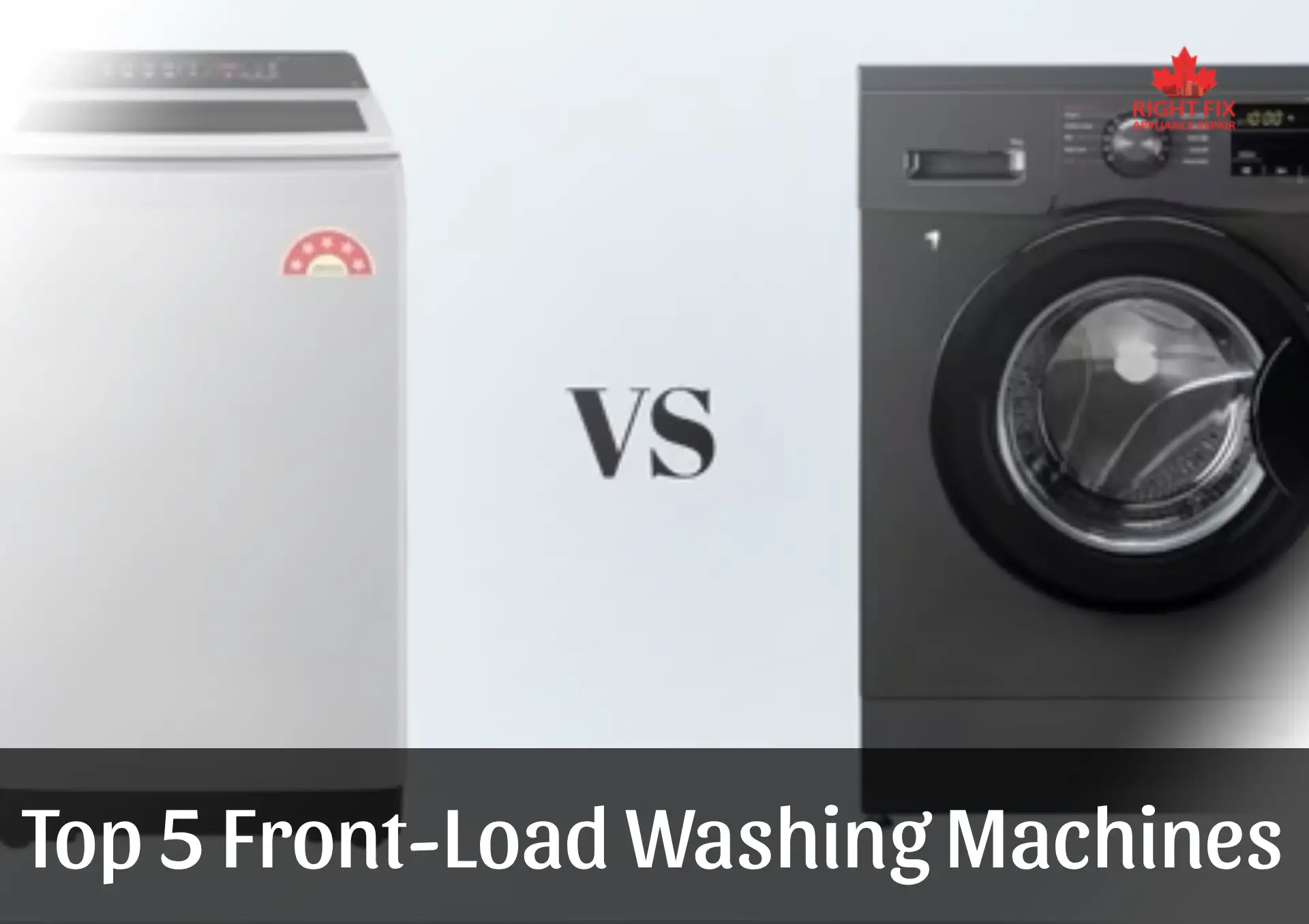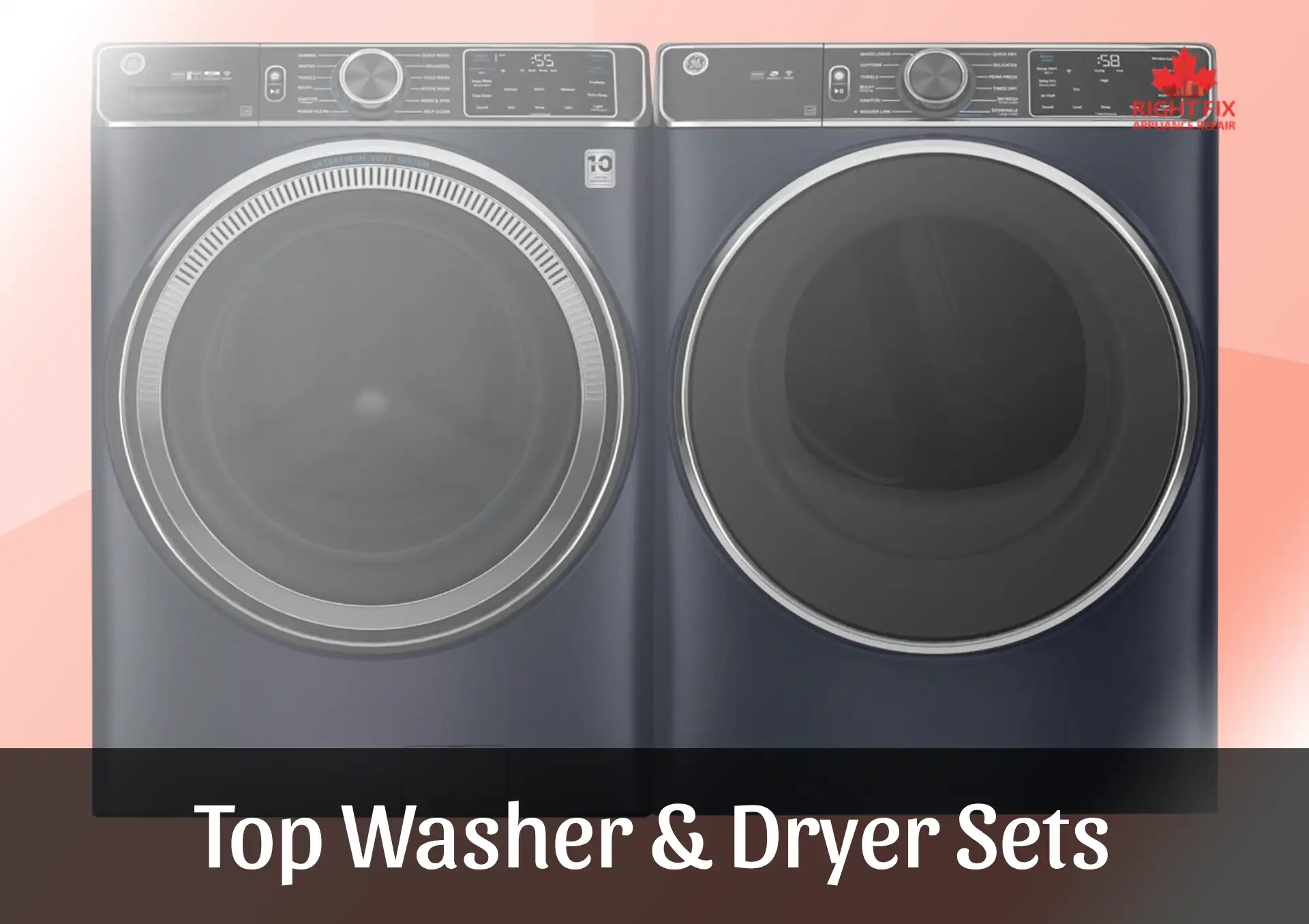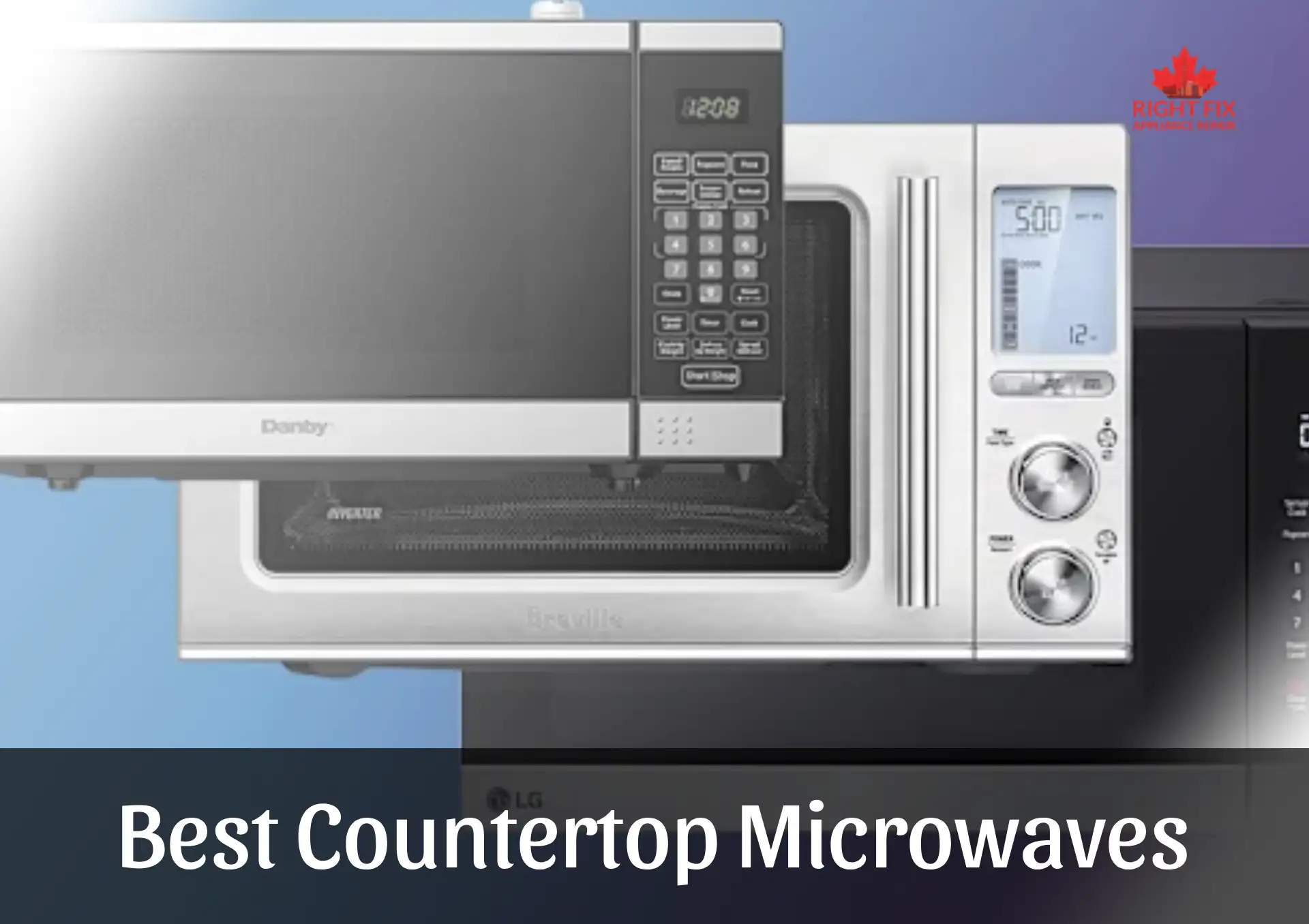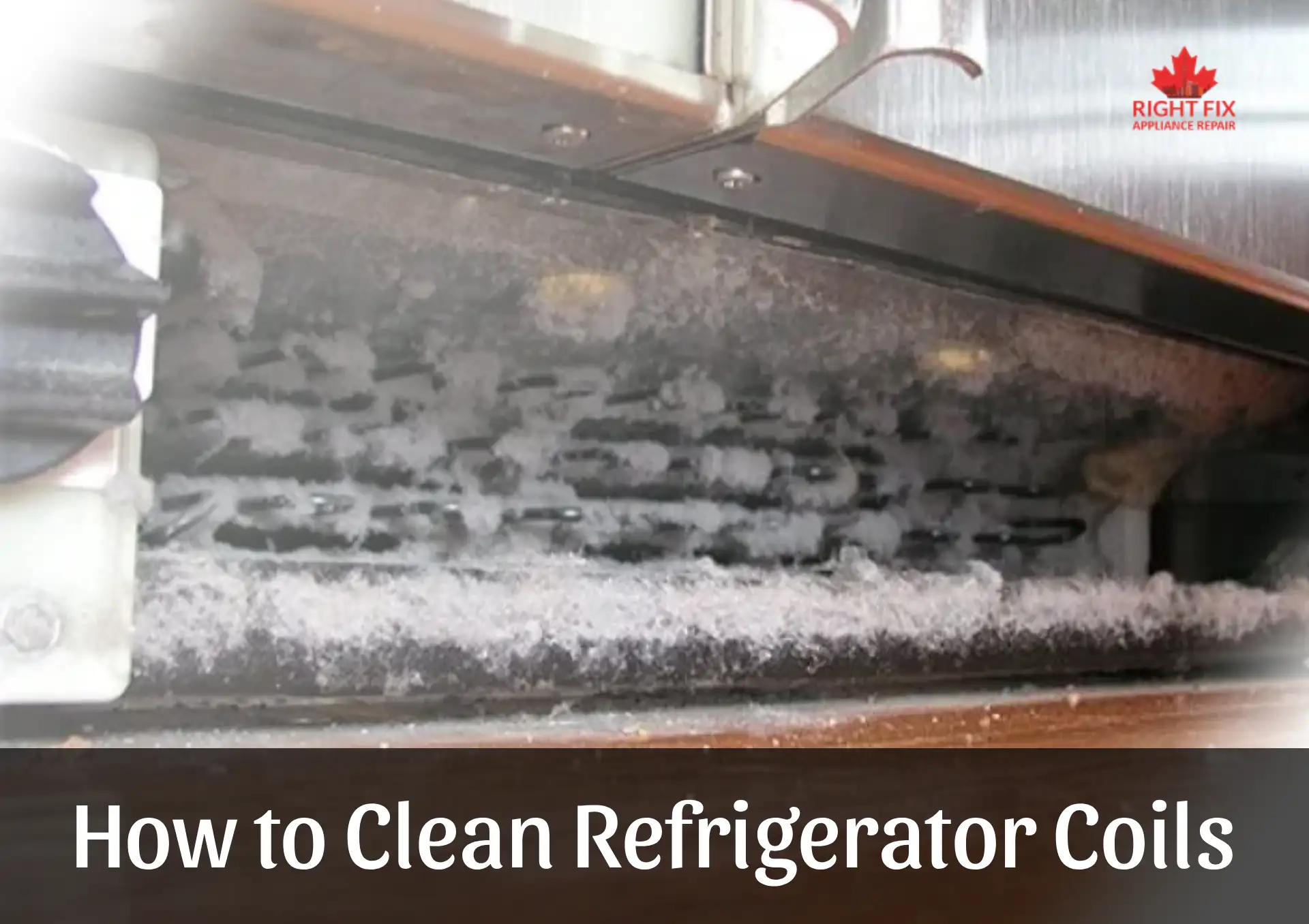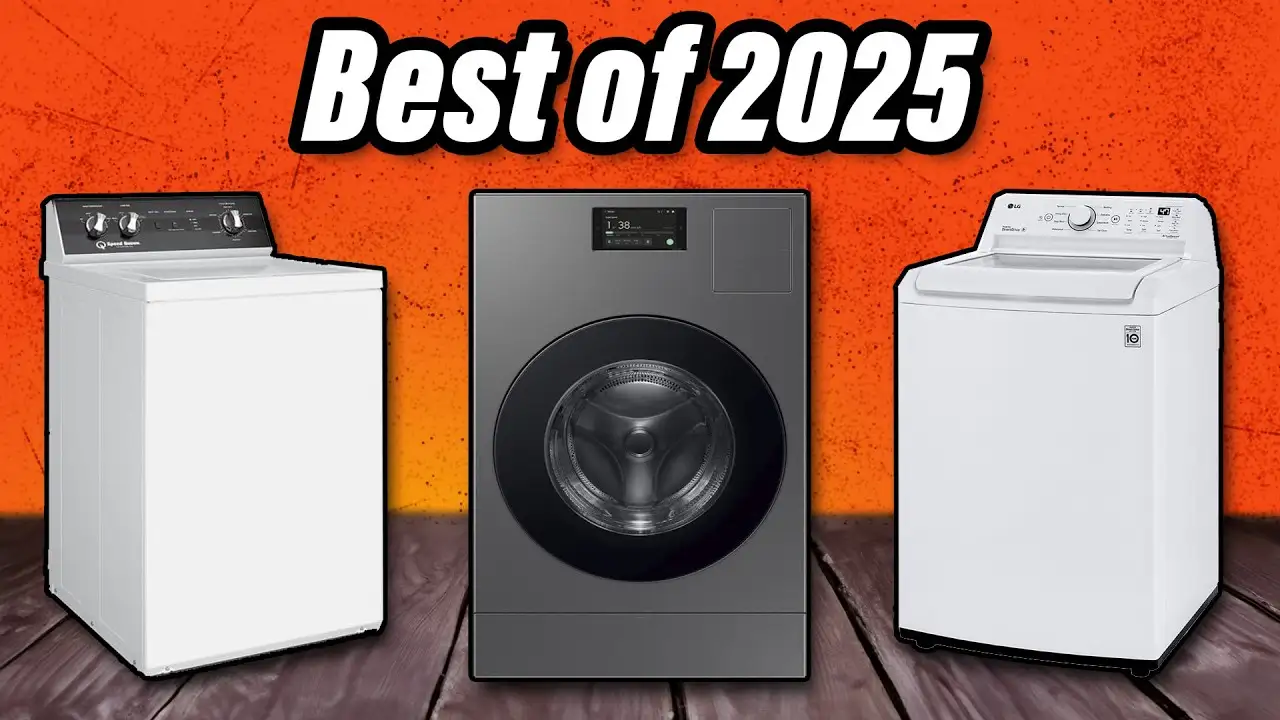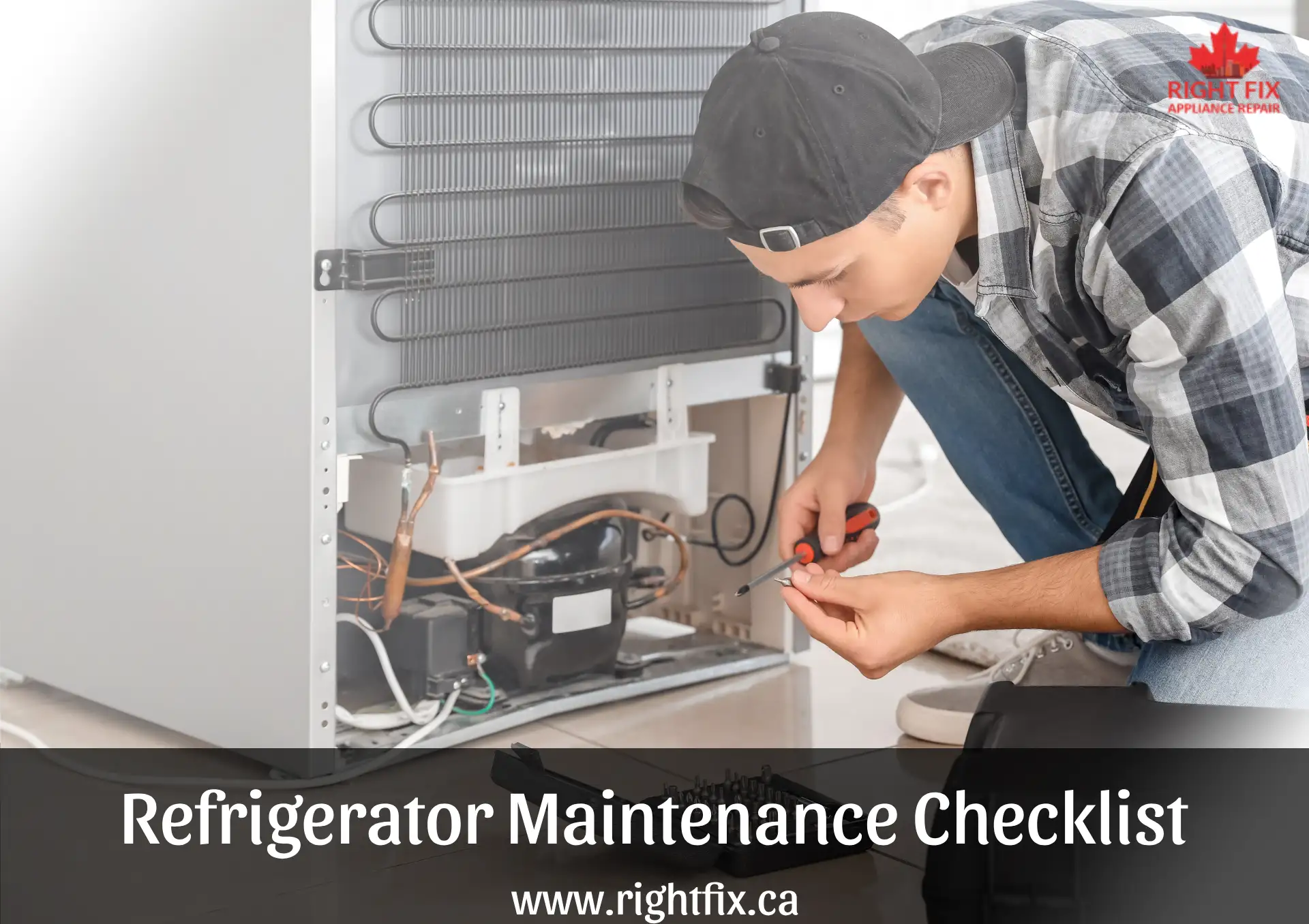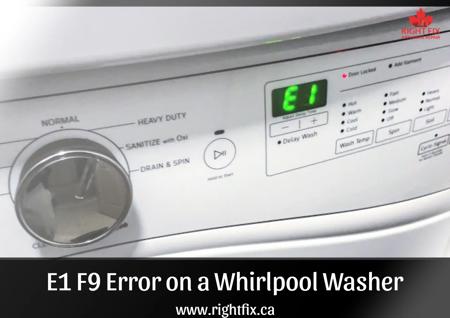What Does E1 Error Indicate in a Dishwasher?
The E1 error code in a dishwasher typically signals a water-related issue, such as insufficient water supply, drainage problems, or a leak. Depending on the brand of your dishwasher, this error might indicate:
- Low water pressure or inadequate water entering the machine.
- A leak that activates the system’s safety mechanisms.
- Malfunctioning sensors detecting incorrect water levels.
Understanding what this error means for your specific dishwasher model is essential for resolving it effectively.
If troubleshooting the E1 error doesn't solve the problem, your dishwasher might need professional attention. Check out our dishwasher repair services for expert help. Our technicians are ready to diagnose and fix any issue, ensuring your appliance runs like new!
Common Causes of the E1 Error in Dishwashers
-
Water Inlet Problems
A clogged or kinked water inlet hose can prevent the dishwasher from receiving adequate water, resulting in low pressure or no water supply. -
Drainage Issues
If water cannot drain properly—due to a blocked drain pipe or filter—excess water may accumulate inside, triggering the error. -
Leaks or Blockages
Internal leaks or blockages, such as those in the spray arm or hoses, can cause the E1 error to appear. -
Sensor Malfunctions
Faulty water level sensors or pressure switches may incorrectly detect problems even when the rest of the system is functioning correctly.
How to Fix the E1 Error in a Dishwasher: Step-by-Step Guide
-
Inspect the Water Supply
- Check the Inlet Hose: Ensure the water inlet hose is straight and free of blockages. Remove any kinks or clogs.
- Verify Water Pressure: Confirm that your home’s water pressure meets the dishwasher’s requirements (typically 20-120 psi).
- Examine the Inlet Valve: If the water inlet valve is defective, consider replacing it.
-
Clean the Filter and Drain
- Locate the Filter: Open the dishwasher and find the filter at the base.
- Rinse the Filter: Clean it under running water to remove any debris.
- Clear the Drain Pipe: Use a pipe cleaner or similar tool to eliminate blockages.
-
Check for Leaks
- Inspect the Door Seal: Ensure the rubber gasket around the door is intact and free of cracks.
- Examine Beneath the Unit: Look for water pooling under the dishwasher, which may indicate a leak.
- Secure Connections: Tighten all hose and connection points to prevent leaks.
-
Test the Sensors
- Reset the Dishwasher: Turn off the power for 10 minutes to reset the system.
- Inspect the Sensors: Check water level and pressure sensors for faults.
- Replace if Necessary: Swap out damaged sensors with compatible replacements for your model.
Preventive Maintenance Tips
Regular maintenance can help you avoid the E1 error in the future. Follow these tips:
- Clean the Filter Frequently: Remove food debris and particles to prevent blockages.
- Run a Vinegar Cleaning Cycle: Use a vinegar cycle monthly to clear buildup.
- Inspect Hoses Regularly: Check the water inlet and outlet hoses for kinks or leaks.
- Use Appropriate Detergent: Avoid excessive soap, as it can disrupt water levels.
When to Call a Professional
If the E1 error persists despite troubleshooting, it’s time to call an expert. Seek professional help if:
- Significant leaks or damage are detected inside the dishwasher.
- The error code reappears after multiple repair attempts.
- Critical parts, such as sensors or valves, need replacement.
Location we Service
- Ajax
- Alliston
- Aurora
- Bolton
- Bradford
- Brampton
- Brantford
- Burlington
- Caledon
- Cambridge
- Concord
- East York
- Etobicoke
- Georgetown
- GTA
- Guelph
- Halton Hills
- Hamilton
- Innisfil
- Keswick
- King City
- Kitchener
- Kleinburg
- Maple
- Markham
- Milton
- Mississauga
- New Tecumseth
- Newmarket
- North York
- Oakville
- Orangeville
- Oshawa
- Pickering
- Richmond Hill
- Scarborough
- Schomberg
- Stouffville
- Thornhill
- Toronto
- Unionville
- Uxbridge
- Vaughan
- Waterloo
- Whitby
- Woodbridge

